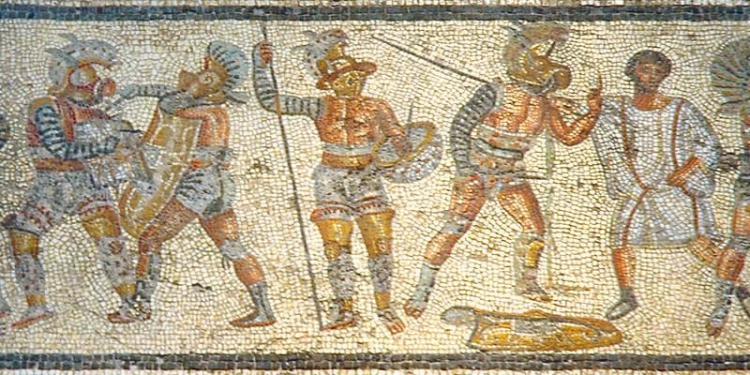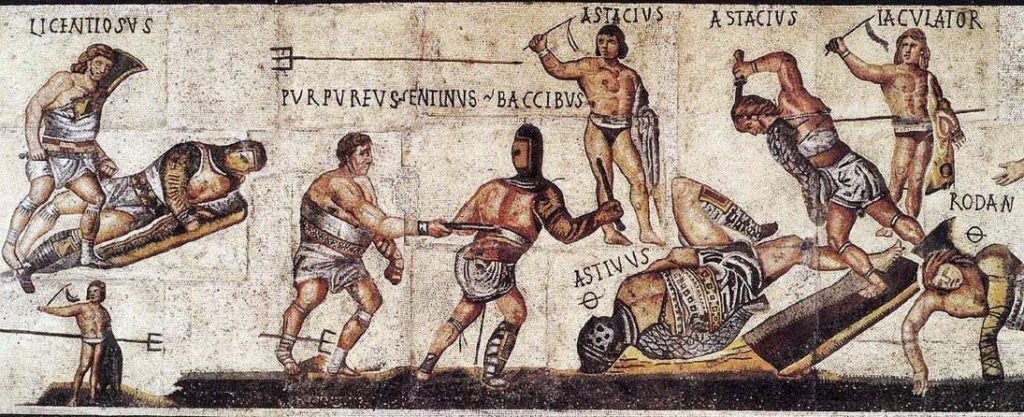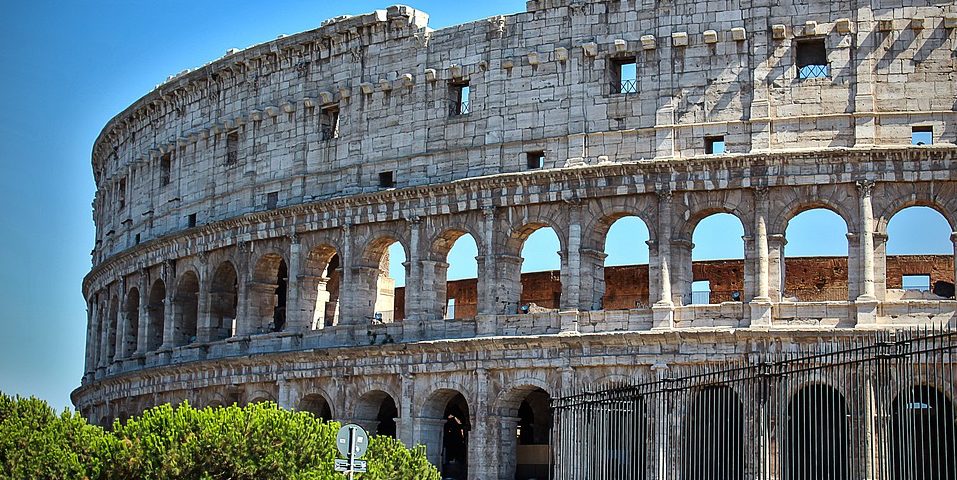The Gladiator Death Rate
Posted: December 31, 2019
Updated: December 31, 2019
-
You actually had a pretty good chance of surviving
-
Gladiators were very expensive assets
-
A good way to use up Christians

Was the gladiator death rate really as high as we imagine? In the 2000 Ridley Scott epic, Gladiator, the fighters are slain left right and center. Whether by gladius or trident, entrails were torn from living bodies as fighters lost limbs and life and all in a bloody sacrifice to the Emperor, Lucius Aurelius Commodus. In this respect, the movie is no different than most modern media. We are meant to believe that all fights ended in a gory death. But just how bloody were these combats and what was the real rate of attrition?
Introduction: Gladiator Death Rate
By studying ancient headstones, the renown scholar George Ville was able to ascertain a mortality rate of 19:100. Take this with a pinch of salt, as only certain gladiators actually received a burial. For example, those who died after breaking the vow to die a “good death” or those from the criminal class, were often simple removed from the amphitheater and tossed into the nearest river. Thanks to online sports book news we know that the archeologist, Mary Beard estimated the death rate at around 13%. The first form s of gladiatorial combat took place in 264 BC and are called Munera events. On the whole these were scrappy fights with slaves and almost always ended with one or both combatants meeting a grisly end.

Venatores vs Hoplomachi
As the Roman Empire grew, so did it’s wealth and soon these primitive events had evolved into massive spectacles, more often than not involving exotic animals. These types of gladiators were called Venatores. Soon enough, a new type of fighter began to emerge. The Hoplomachi. They were well trained, would be dressed in steel armor and had a fearsome reputation. These are the gladiators that we commonly see represented in movies. Their only purpose was to entertain the huge crowds that swarmed to the amphitheaters. If they were a gambling crown, I’m sure they’d be using Bovada. To that end, they drew out the battles. On the whole a contest was over when blood was spilled.
The Noxii
Apart from the Hoplomachi and the Venatores, there was another class of fighter called the Noxii. These were made up of dangerous criminals such as robbers and murderers and as such were disposable. They were often to fight against each other or with another class of Hoplomachi, the Postulati, who were skilled fighters and armed with maces.

Fight Stable
Now the cost of keeping a stable of gladiators was huge. They needed feeding well and constant training at the Ludi Gladiatori, or gladiator school. Because of this, actual deaths were rare. Losing gladiators were either pardoned or healed to fight again. They were all fed a high protein diet and fattiness was encouraged as one could receive a substantial cut with it reaching the underlying muscle. Also keep in mind that many fights were few and far between and it is noted that many gladiators complained of idleness. If a gladiator were to die, that would impose a huge financial burden on the owner. To that end, the best doctors were always in attendance at the games. Online sports book news from the US tells us that part of his job was to assess which fighters could continue and which were to wounded to carry on.
The Gladiator Death Rate: Freedom
The owners of the arenas were often the aristocracy and they desperately wanted to have the people on their side. So the gladiators were trained to provide a spectacle and entertainment, more than just blatantly killing for killing sake. As to survival rates, well the Muneri were always killed or ended up bleeding out in the ring. Later, only the Noxii and Christians would be certain of meeting a bloody fate. A reverse bet on the Christians with Bovada is a sure fire winner! Once a gladiator had fought for 6 years, he would be freed. Many would find work as body guards or trainers. Free Roman citizens could also become gladiators. Whether looking for fame and adulation, or simply to escape from debts, death was so uncommon that many would join up and then leave with a large sum of prize money on freedom.












